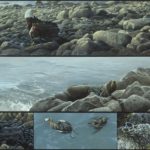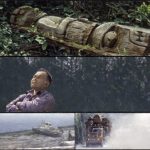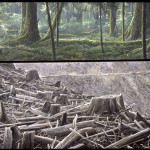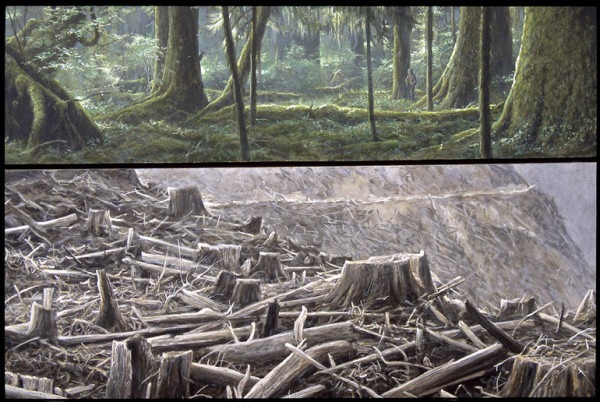This blog is part of the Environmental Impact II series produced by David Wagner.
This blog was originally published on February 2, 2016 as part of the Environmental Impact Series.
To anyone paying attention it is obvious that impact of humanity on nature is destructive in many ways. Since we are part of nature, it is equally obvious that those destructive impacts are also destructive for mankind. Nevertheless I have hopes that we can modify our practices in order to improve the situation. The first four words in the paragraph are key: to anyone paying attention.
This is where art and artists come in. Unlike fantasy and fun and games, art of the real world, of nature can do two things. First, it can draw attention to the beauty and complexity of nature. It can also draw attention to the negative impacts.


Currently on display in Environmental Impact

Currently on display in Environmental Impact

© Robert BatemanCurrently on display in Environmental Impact
Click on the images to view in larger format.
I hasten to say that I include all forms of the arts. Certainly writings are important but in the visual arts photography and movies must be considered as well as drawing and painting. Painting is my choice and I use it to celebrate the beauty and complexity of nature. I also sometimes depict some of the destruction mankind brings to the natural world. If I had a goal it could be summed up by the words of Willa Cather:
What is any art but an effort to make a sheath or a mould in which to imprison for a moment the shining, elusive element which is life itself … life hurrying past us and running away, too strong to stop and too sweet to lose?
There is another quote by an American woman, Georgia O’Keeffe: “Nobody sees a flower really, it takes time. Like to have a friend takes time.” My style involves making friends and taking time with birds, mammals and habitat. Although it is often a struggle to capture the moment, it is worth taking time to make friends with my subject matter.
If artists can encourage the general public to make friends with nature, its heart will be moved to protect it. First comes the heart then comes the action in terms of votes and dollars.
The paintings by Robert Bateman published in this post are currently on national tour in the traveling museum exhibition, Environmental Impact. Bateman is a Master Member of the Society of Animal Artists.

Now living on Salt Spring Island, British Columbia, Bateman is not only a talented artist, but also a naturalist who devotes much of his time and effort to environmental concerns, especially the preservation of the natural habitats of the birds and animals he portrays so beautifully in his art. This consuming interest in the environment, its diversity and its fragility is reflected in the landscape settings in which Bateman places his subjects.
This post marks the launch of the MAHB’s Arts Community space –an open space for MAHB members to share, discuss, and connect with artwork processes and products pushing for change. Please visit the MAHB Arts Community to share and reflect on how art can promote critical changes in behavior and systems. Contact Erika with any questions or suggestions you have regarding the new space.
MAHB-UTS Blogs are a joint venture between the University of Technology Sydney and the Millennium Alliance for Humanity and the Biosphere. Questions should be directed to joan@mahbonline.org
MAHB Blog: https://mahb.stanford.edu/blog/first-heart-then-action/
The views and opinions expressed through the MAHB Website are those of the contributing authors and do not necessarily reflect an official position of the MAHB. The MAHB aims to share a range of perspectives and welcomes the discussions that they prompt.
